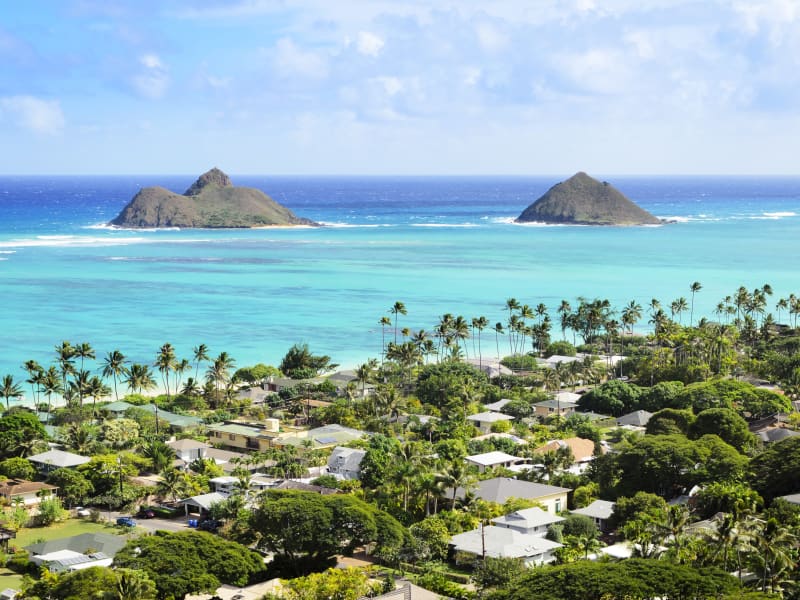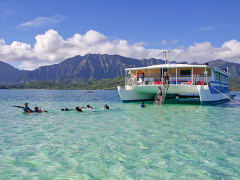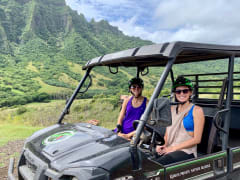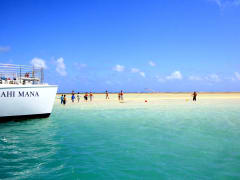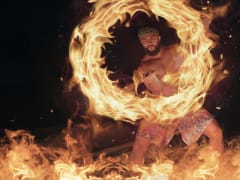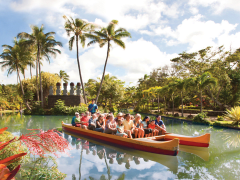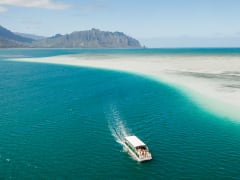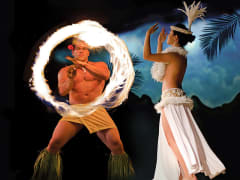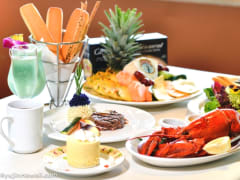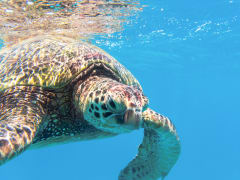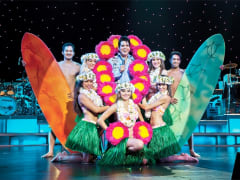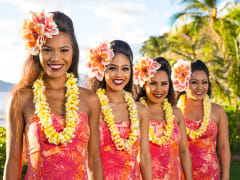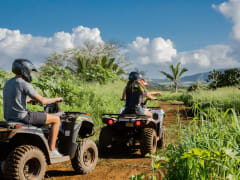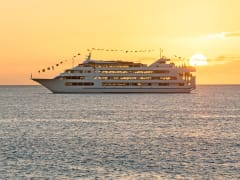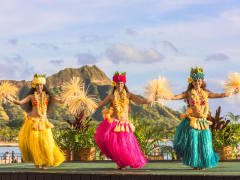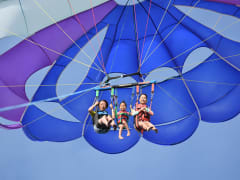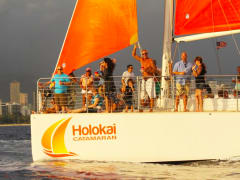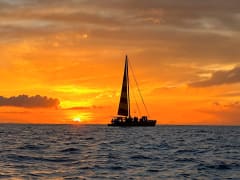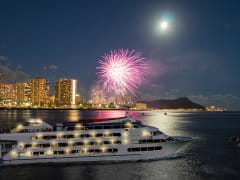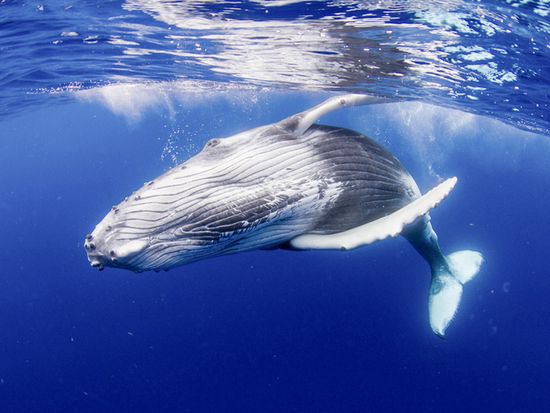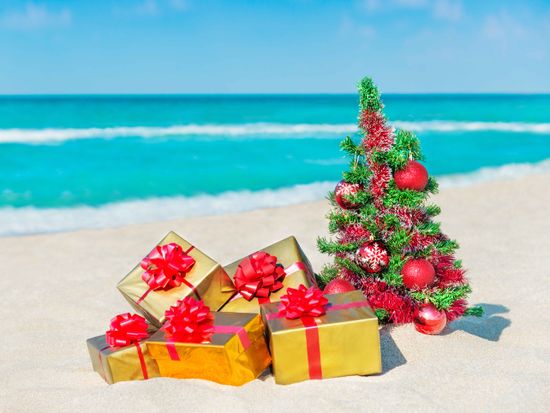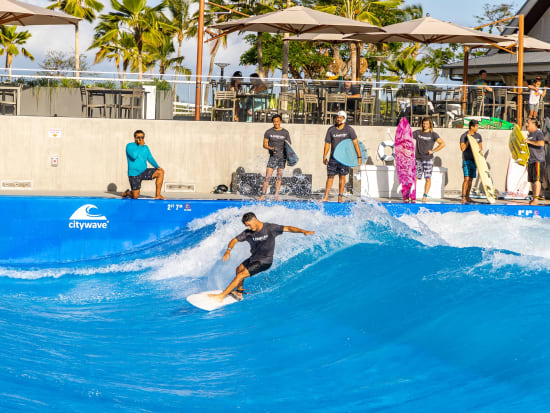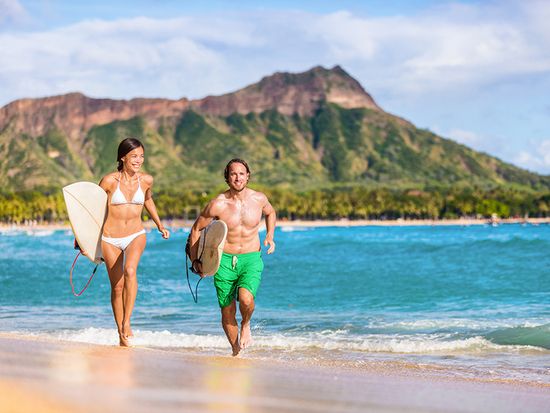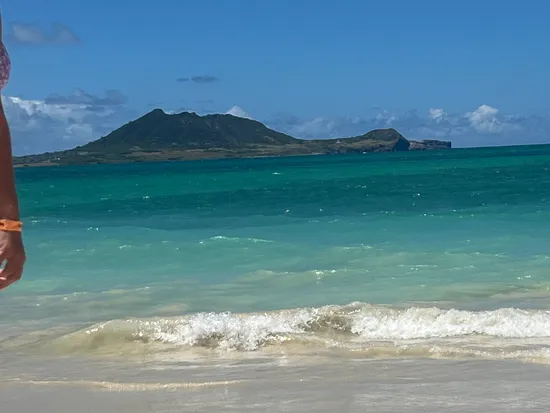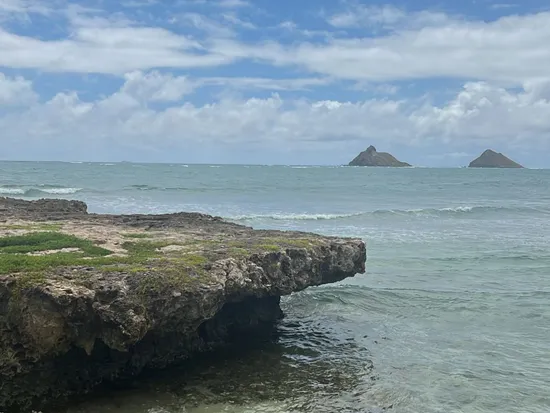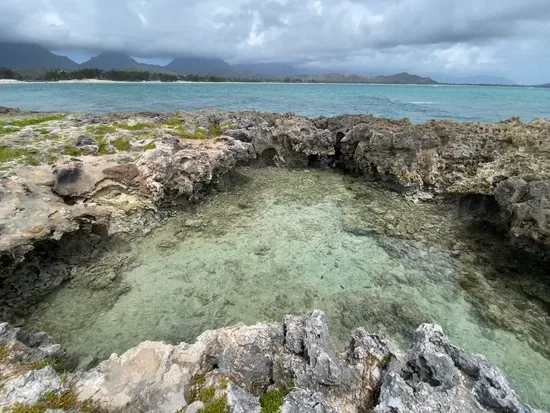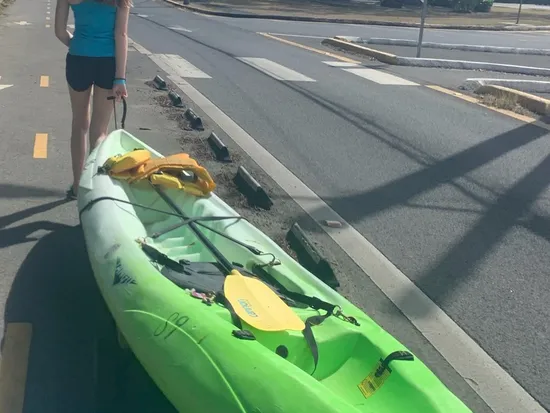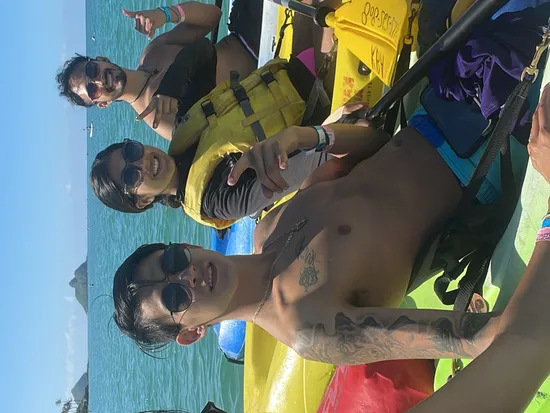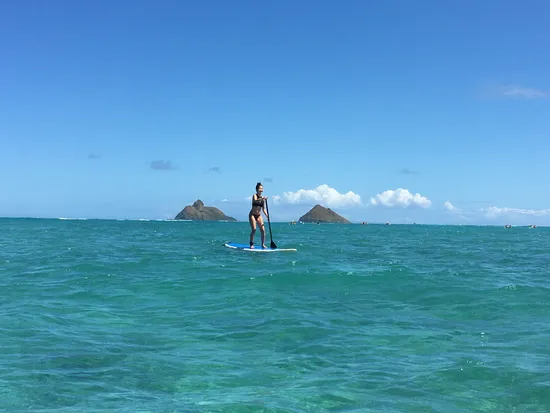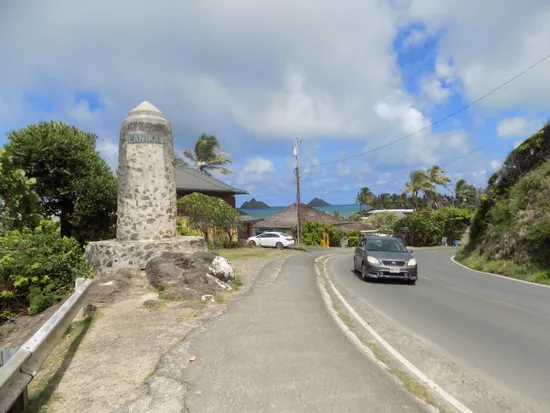-
![]() United States DollarUSD
United States DollarUSD -
![]() Canadian DollarCAD
Canadian DollarCAD -
![]() Australian DollarAUD
Australian DollarAUD -
![]() New Zealand DollarNZD
New Zealand DollarNZD -
![]() Pound SterlingGBP
Pound SterlingGBP -
![]() EuroEUR
EuroEUR -
![]() Bulgarian LevBGN
Bulgarian LevBGN -
![]() Brazilian RealBRL
Brazilian RealBRL -
![]() Chinese YuanCNY
Chinese YuanCNY -
![]() Croatian KunaHRK
Croatian KunaHRK -
![]() Czech KorunaCZK
Czech KorunaCZK -
![]() Danish KroneDKK
Danish KroneDKK -
![]() Egyptian PoundEGP
Egyptian PoundEGP -
![]() Hong Kong DollarHKD
Hong Kong DollarHKD -
![]() Hungarian ForintHUF
Hungarian ForintHUF -
![]() Indian RupeeINR
Indian RupeeINR -
![]() Indonesian RupiahIDR
Indonesian RupiahIDR -
![]() Malaysian RinggitMYR
Malaysian RinggitMYR -
![]() Mexican PesoMXN
Mexican PesoMXN -
![]() Moroccan DirhamMAD
Moroccan DirhamMAD -
![]() New Taiwan DollarTWD
New Taiwan DollarTWD -
![]() Norwegian KroneNOK
Norwegian KroneNOK -
![]() Philippine PesoPHP
Philippine PesoPHP -
![]() Polish ZłotyPLN
Polish ZłotyPLN -
![]() Romanian LeuRON
Romanian LeuRON -
![]() Russian RubleRUB
Russian RubleRUB -
![]() Saudi RiyalSAR
Saudi RiyalSAR -
![]() Singapore DollarSGD
Singapore DollarSGD -
![]() South African RandZAR
South African RandZAR -
![]() South Korean WonKRW
South Korean WonKRW -
![]() Swedish KronaSEK
Swedish KronaSEK -
![]() Swiss FrancCHF
Swiss FrancCHF -
![]() Thai BahtTHB
Thai BahtTHB -
![]() Ukrainian HryvniaUAH
Ukrainian HryvniaUAH -
![]() United Arab Emirates DirhamAED
United Arab Emirates DirhamAED -
![]() Vietnamese DongVND
Vietnamese DongVND
WELCOME GUEST
Register and enjoy smoother booking, as well as being able to save your wish list and recently viewed activities.
CREATE AN ACCOUNTAlready a member? Please sign in

-
![]() United States DollarUSD
United States DollarUSD -
![]() Canadian DollarCAD
Canadian DollarCAD -
![]() Australian DollarAUD
Australian DollarAUD -
![]() New Zealand DollarNZD
New Zealand DollarNZD -
![]() Pound SterlingGBP
Pound SterlingGBP -
![]() EuroEUR
EuroEUR -
![]() Bulgarian LevBGN
Bulgarian LevBGN -
![]() Brazilian RealBRL
Brazilian RealBRL -
![]() Chinese YuanCNY
Chinese YuanCNY -
![]() Croatian KunaHRK
Croatian KunaHRK -
![]() Czech KorunaCZK
Czech KorunaCZK -
![]() Danish KroneDKK
Danish KroneDKK -
![]() Egyptian PoundEGP
Egyptian PoundEGP -
![]() Hong Kong DollarHKD
Hong Kong DollarHKD -
![]() Hungarian ForintHUF
Hungarian ForintHUF -
![]() Indian RupeeINR
Indian RupeeINR -
![]() Indonesian RupiahIDR
Indonesian RupiahIDR -
![]() Malaysian RinggitMYR
Malaysian RinggitMYR -
![]() Mexican PesoMXN
Mexican PesoMXN -
![]() Moroccan DirhamMAD
Moroccan DirhamMAD -
![]() New Taiwan DollarTWD
New Taiwan DollarTWD -
![]() Norwegian KroneNOK
Norwegian KroneNOK -
![]() Philippine PesoPHP
Philippine PesoPHP -
![]() Polish ZłotyPLN
Polish ZłotyPLN -
![]() Romanian LeuRON
Romanian LeuRON -
![]() Russian RubleRUB
Russian RubleRUB -
![]() Saudi RiyalSAR
Saudi RiyalSAR -
![]() Singapore DollarSGD
Singapore DollarSGD -
![]() South African RandZAR
South African RandZAR -
![]() South Korean WonKRW
South Korean WonKRW -
![]() Swedish KronaSEK
Swedish KronaSEK -
![]() Swiss FrancCHF
Swiss FrancCHF -
![]() Thai BahtTHB
Thai BahtTHB -
![]() Ukrainian HryvniaUAH
Ukrainian HryvniaUAH -
![]() United Arab Emirates DirhamAED
United Arab Emirates DirhamAED -
![]() Vietnamese DongVND
Vietnamese DongVND







































